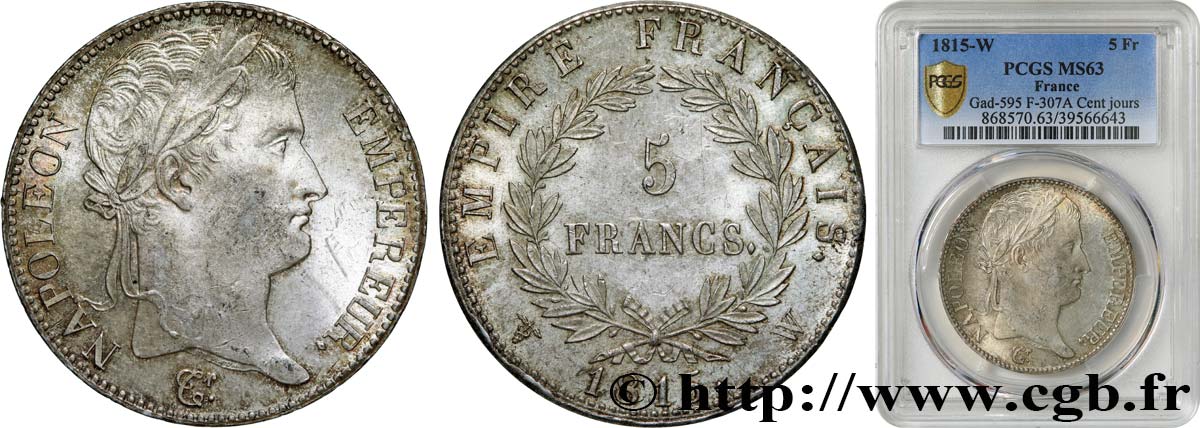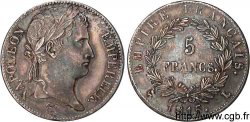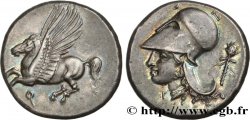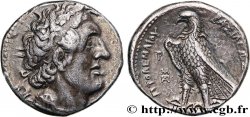- Accueil
- >
- >
Live auction - fmd_606243 - 5 francs Napoléon Empereur, Cent-Jours 1815 Lille F.307A/9
You must signin and be an approved bidder to bid, LOGIN TO BID. Accounts are subject to approval and the approval process takes place within 48 hours. Do not wait until the day a sale closes to register. Clicking on "BID" constitutes acceptance of the terms of use of cgb.fr private live auctions.
Bids must be placed in whole Euro amounts only. The sale will start closing at the time stated on the item description; any bids received at the site after the closing time will not be executed. Transmission times may vary and bids could be rejected if you wait until the last second. For further information check the Live auction FAQ
All winning bids are subject to a 18% buyer’s fee.
All winning bids are subject to a 18% buyer’s fee.
| Estimate : | 4 000 € |
| Price : | 7 000 € |
| Maximum bid : | 8 860 € |
| End of the sale : | 09 March 2021 18:35:16 |
| bidders : | 7 bidders |
Type : 5 francs Napoléon Empereur, Cent-Jours
Date: 1815
Mint name / Town : Lille
Quantity minted : 21166
Metal : silver
Millesimal fineness : 900 ‰
Diameter : 37 mm
Orientation dies : 6 h.
Weight : 24,80 g.
Edge : en creux : * DIEU PROTEGE LA FRANCE
Rarity : R2
Slab

PCGS : MS63
Coments on the condition:
Sous coque PCGS MS63
Catalogue references :
Obverse
Obverse legend : NAPOLEON EMPEREUR (PETIT LOSANGE).
Obverse description : Tête laurée de Napoléon Ier à droite, un ruban descendant derrière la nuque, l'autre revenant sur le cou ; au-dessous Tr. en cursif.
Reverse
Reverse legend : EMPIRE FRANÇAIS (PETIT LOSANGE) / (DIFFÉRENT) 1815 (PETIT LOSANGE) W.
Reverse description : 5 / FRANCS (petit losange), en deux lignes, dans une couronne composée de deux branches de laurier, nouées à leur base par un ruban.
Commentary
Tranche B
Il s’agit du nouvel exemplaire de la Collection Idéale.
Section B This is the new example of the Ideal Collection
Il s’agit du nouvel exemplaire de la Collection Idéale.
Section B This is the new example of the Ideal Collection








 Report a mistake
Report a mistake Print the page
Print the page Share my selection
Share my selection Ask a question
Ask a question Consign / sell
Consign / sell
 Full data
Full data















